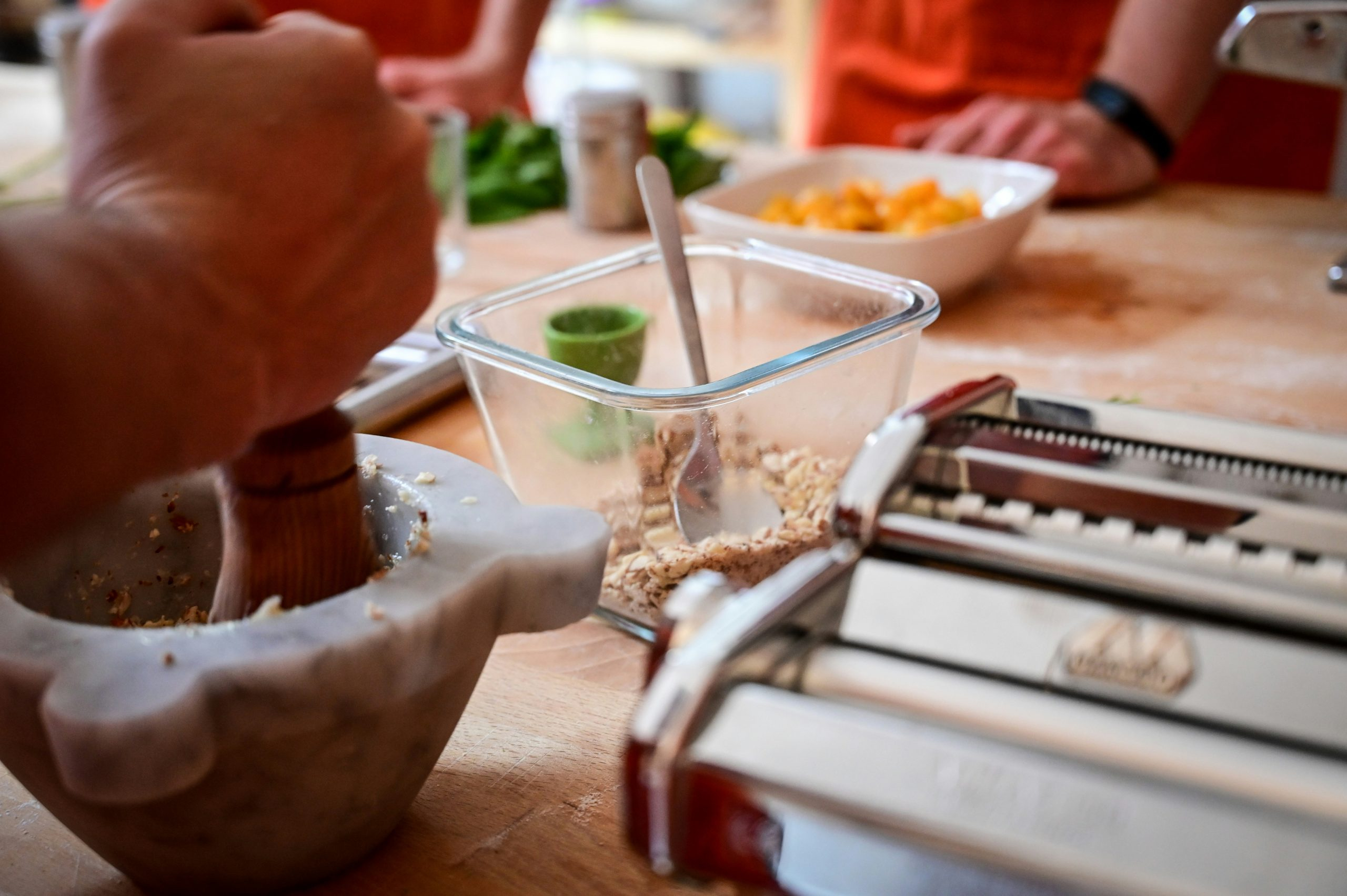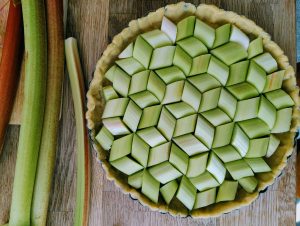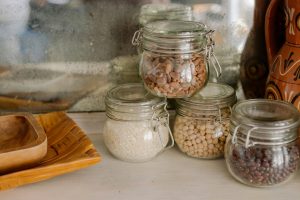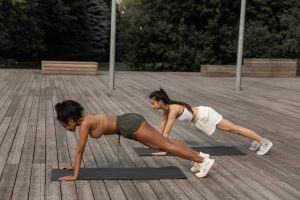Food Photography Secrets: Making Home Cooking Look Professional
Food photography has become increasingly popular in recent years, with the rise of social media and the desire to present our meals in the most visually appealing way. Professional food photography may seem daunting, but with a few simple tricks, you can elevate your home cooking photos to look just as professional. In this article, we will reveal the secrets of food photography and help you make your home cooking look like it belongs in a magazine. Whether you’re a food blogger, aspiring chef, or just someone who loves taking pictures of their meals, these tips will take your food photography to the next level.
Understanding the Basics of Food Photography
Before we dive into the specific techniques and secrets of food photography, it’s important to understand the basics. Food photography is all about capturing the essence and beauty of food. It’s not just about taking a picture of your meal but creating an image that makes the viewer want to taste the food through their screen. The goal is to make your audience drool and crave what you’re photographing, and to do that, you need to have a good understanding of lighting, composition, and styling.
Lighting is Key
One of the most important elements of food photography is lighting. Without proper lighting, your food may look dull, unappetizing, or even unrecognizable. Natural light is the best option for food photography as it creates a soft and even illumination on your subject. Try taking your photos near a window during daylight hours, and avoid using harsh artificial lights, as they can create unflattering shadows and color casts. However, if natural light is not available, you can use artificial lights with diffusers or reflectors to soften the light and create a more natural feel.
Composition is Crucial
Composition is the arrangement and placement of elements in a photo. It’s important to have a well-composed image to capture the attention of your viewers and make their mouths water. When taking photos of food, you want to make sure that your composition is clean and clutter-free. Use the rule of thirds, where you divide your photo into thirds both horizontally and vertically, and place your subject on one of the intersecting points. This method creates a visually appealing photo and draws the eye to the main focal point.
Styling for Success
Styling plays a significant role in food photography, as it can make or break the image. It’s important to have a balance of colors, textures, and shapes in your composition. Start by choosing a color palette that complements the food and adds interest to the image. Use props and backgrounds that enhance the food you’re photographing, but make sure they don’t overpower it. Experiment with different angles and backgrounds to find the best composition for your dish.
Food Photography Secrets
Now that we’ve covered the basics, let’s dive into the secrets of food photography that will make your home cooking look professional.
Preparation is Key
The key to a successful food photoshoot is preparation. Before you start cooking, think about the final image you want to achieve. Plan your dish, ingredients, and props beforehand, and make sure everything is clean and organized. This will save you time and stress during the photoshoot, and allow you to focus on capturing the best shots.
Play with Textures
Textures can add depth and interest to your food photography. Experiment with different textures in your composition, such as rough, smooth, and shiny, to create a visually appealing image. You can incorporate textures through your props, backgrounds, or even the food itself. For example, a sprinkle of coarse sea salt on a creamy soup can add both flavor and texture to the photo.
Don’t Be Afraid to Edit
Editing is a crucial step in food photography, and it’s essential to find the right balance. Use editing tools such as brightness, contrast, and saturation to enhance the colors and make your food look more appealing. However, make sure not to overdo it, as your photo may end up looking unrealistic and unappetizing. The goal of editing is to enhance the natural beauty of your food, not to create a completely artificial image.
Tell a Story
Lastly, one of the most important secrets of food photography is to tell a story with your image. The best food photos are the ones that make the viewer feel something and tell a story. Think about the story you want to tell with your dish and how you can capture that in your photo. Maybe it’s a romantic picnic in the park, a cozy family dinner, or a fancy dinner party. Whatever it is, make sure your photo tells a story and evokes emotions.
In Conclusion
Food photography may seem intimidating, but with the right techniques and secrets, you can make your home cooking look professional. Remember to understand the basics, prepare in advance, and play with lighting, composition, and styling. Don’t be afraid to experiment with textures, and remember to tell a story with your photo. With these tips, you’ll be on your way to creating beautiful and drool-worthy food photography that would make any professional envious.










